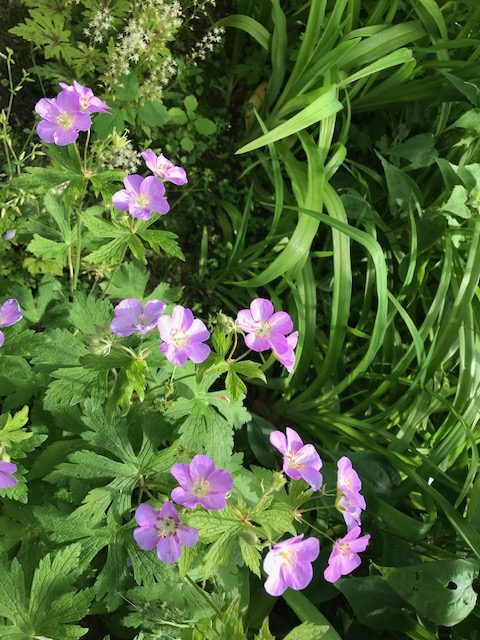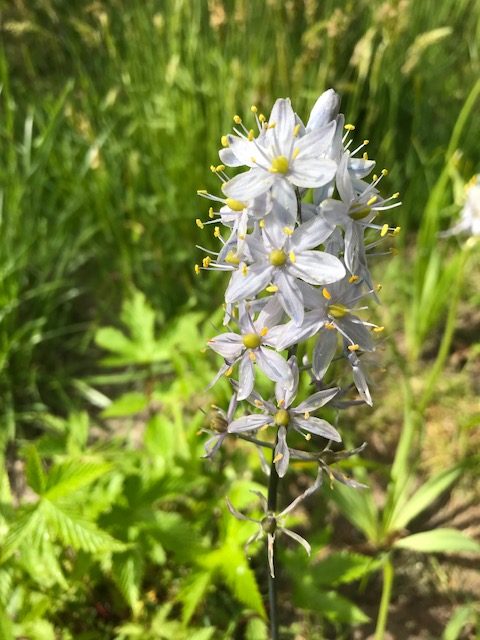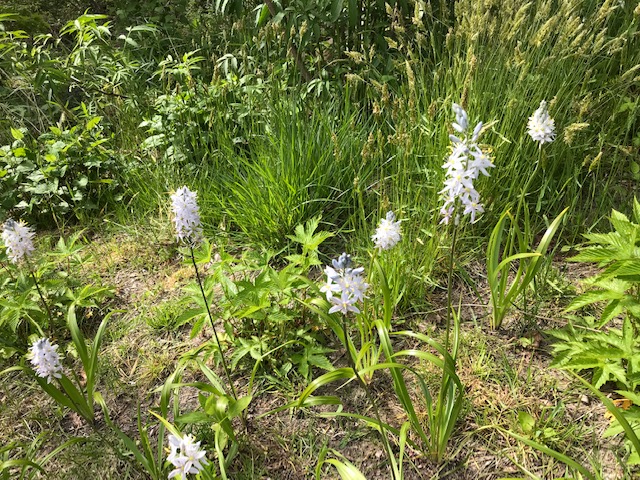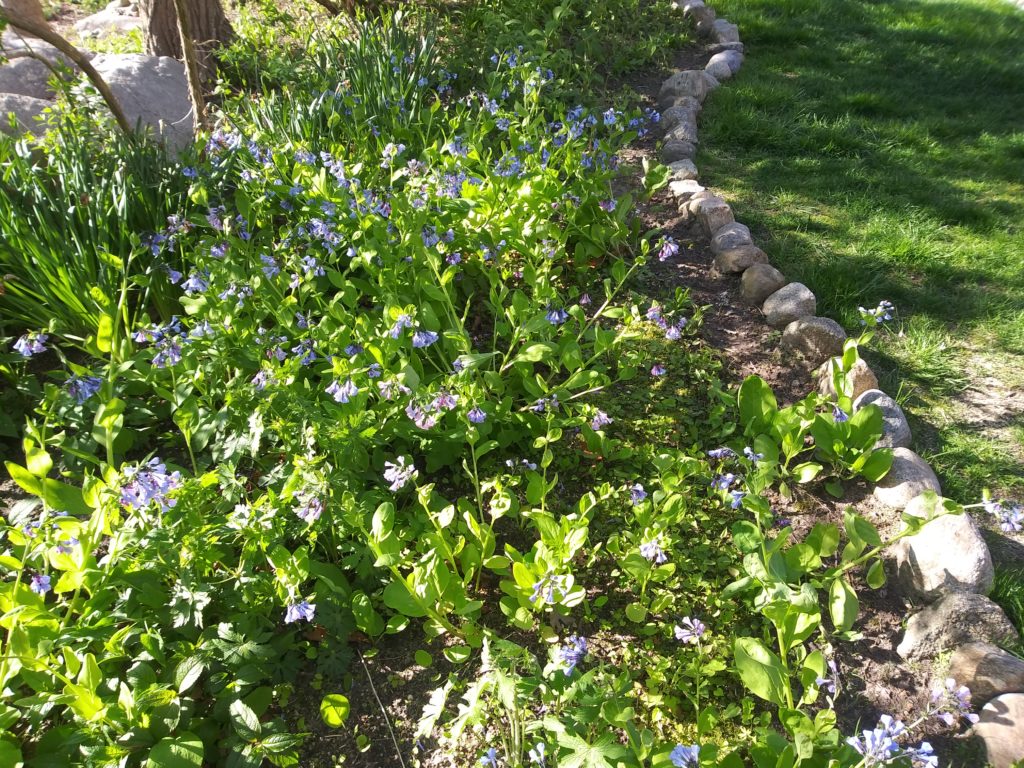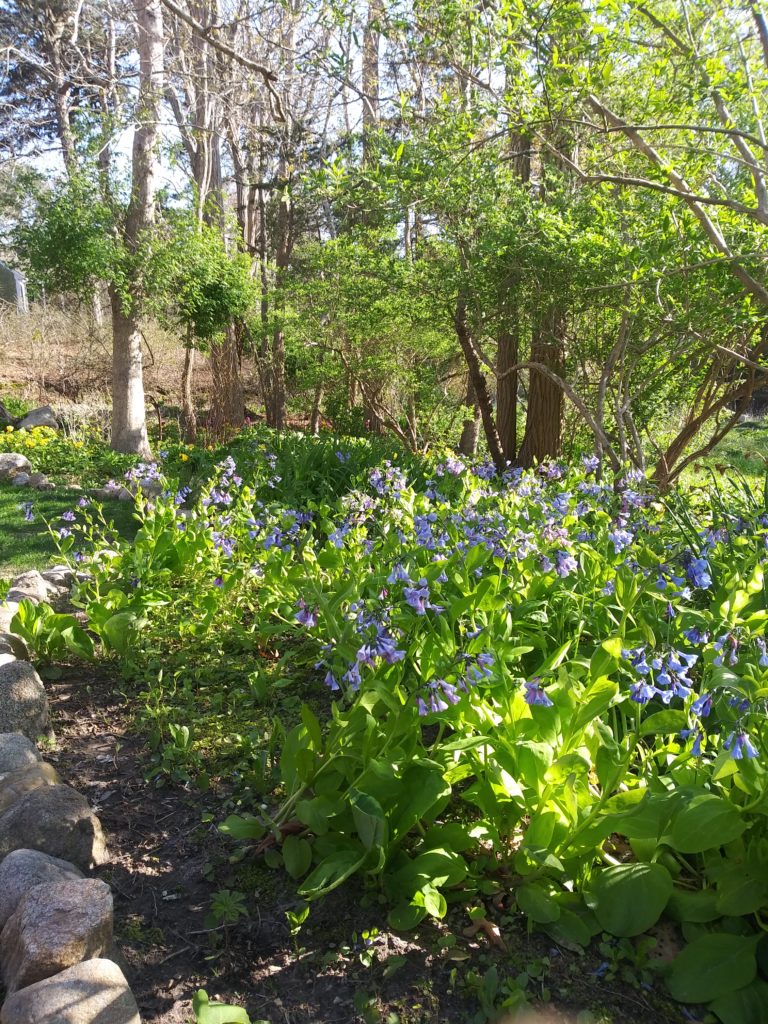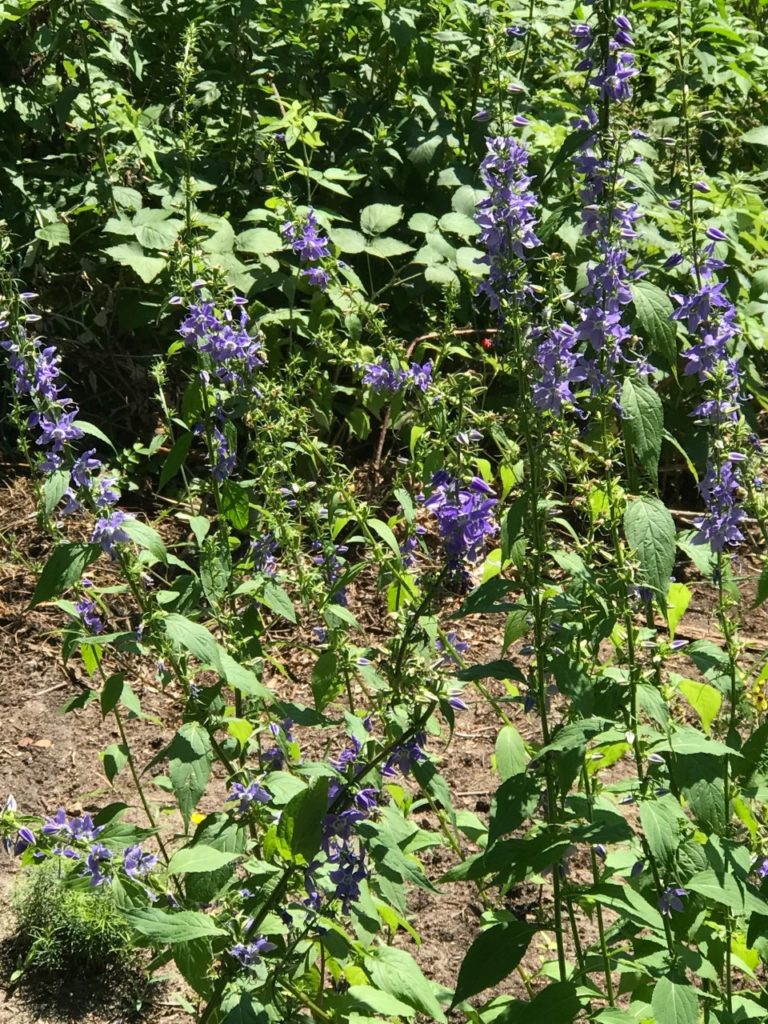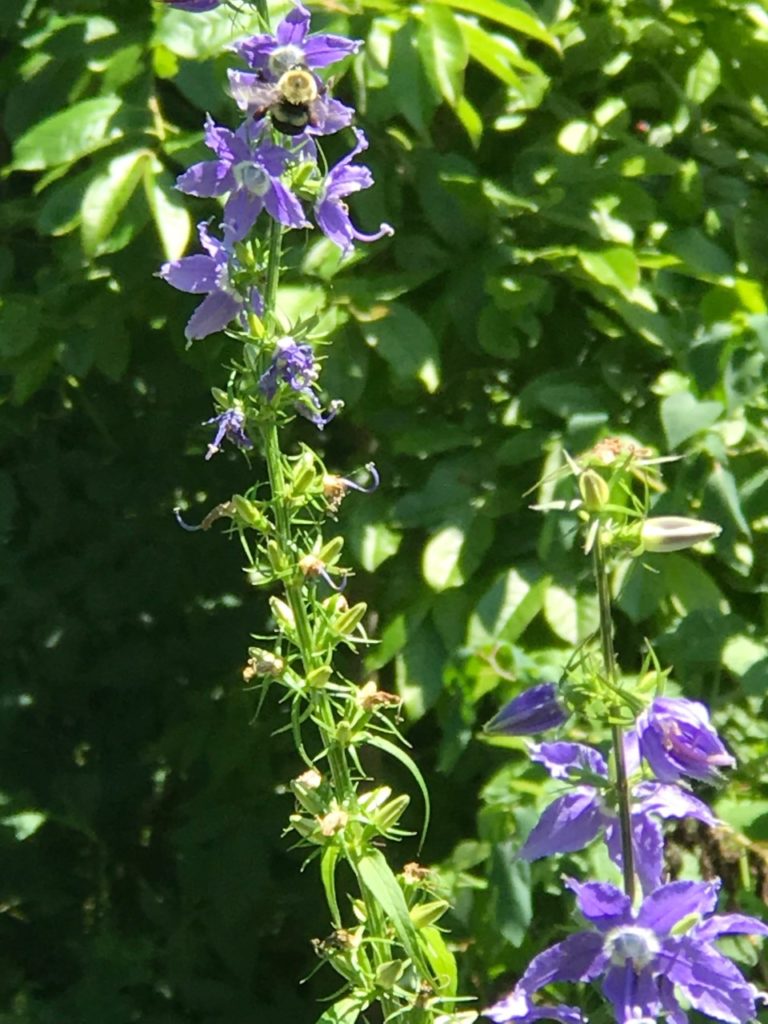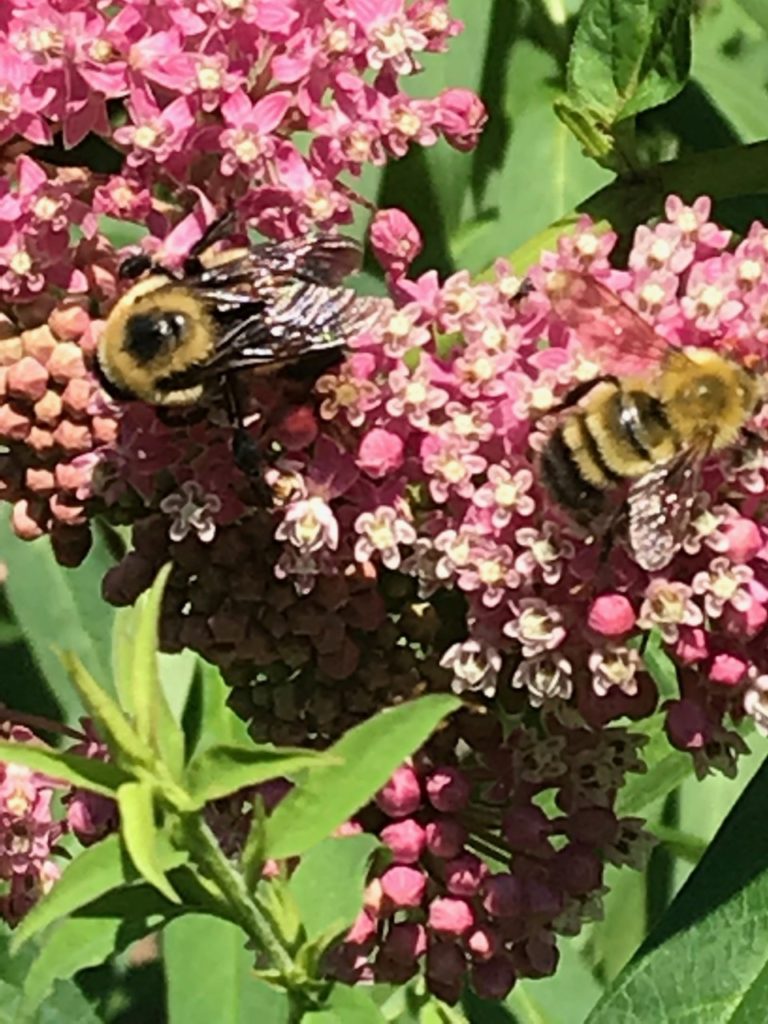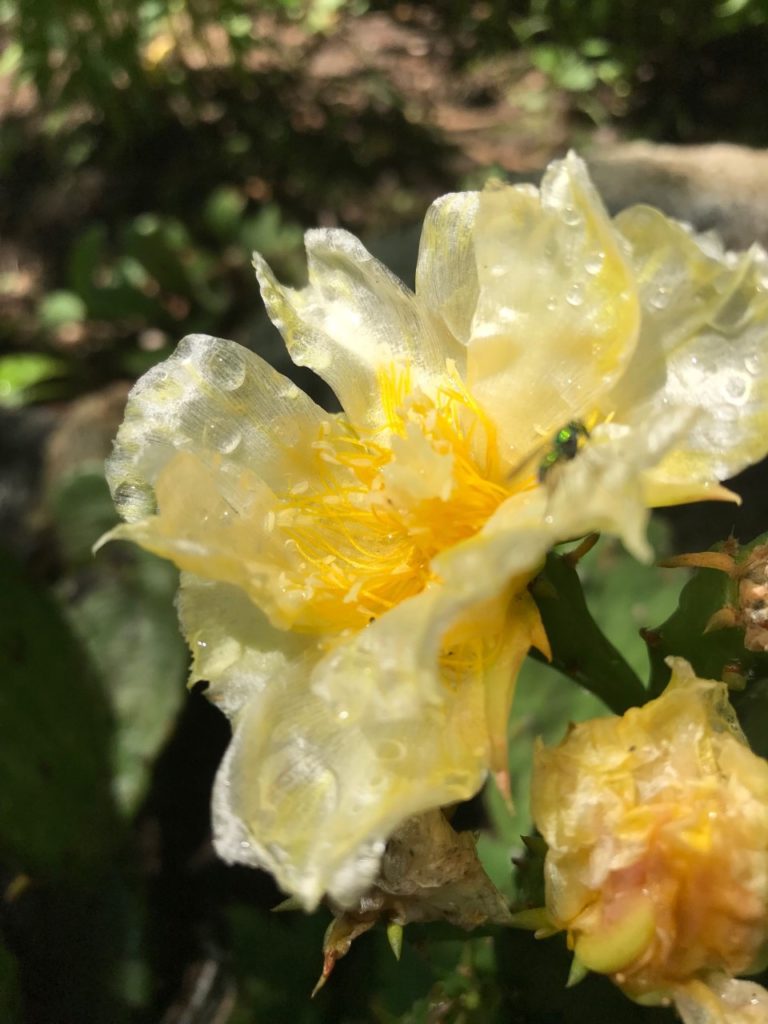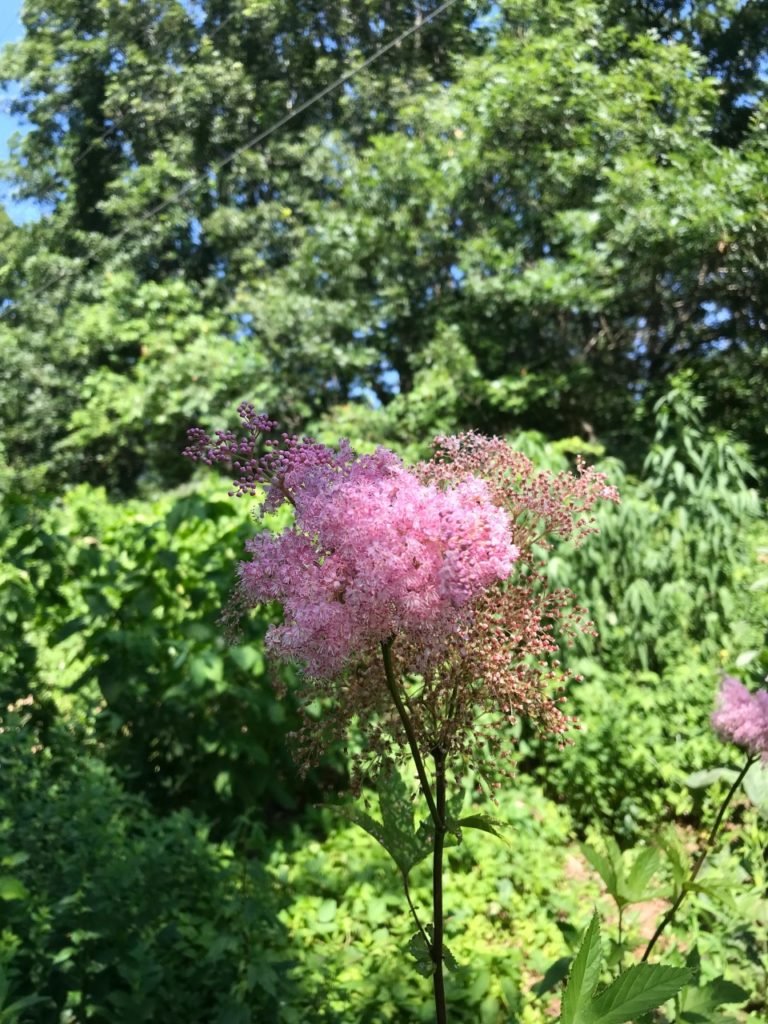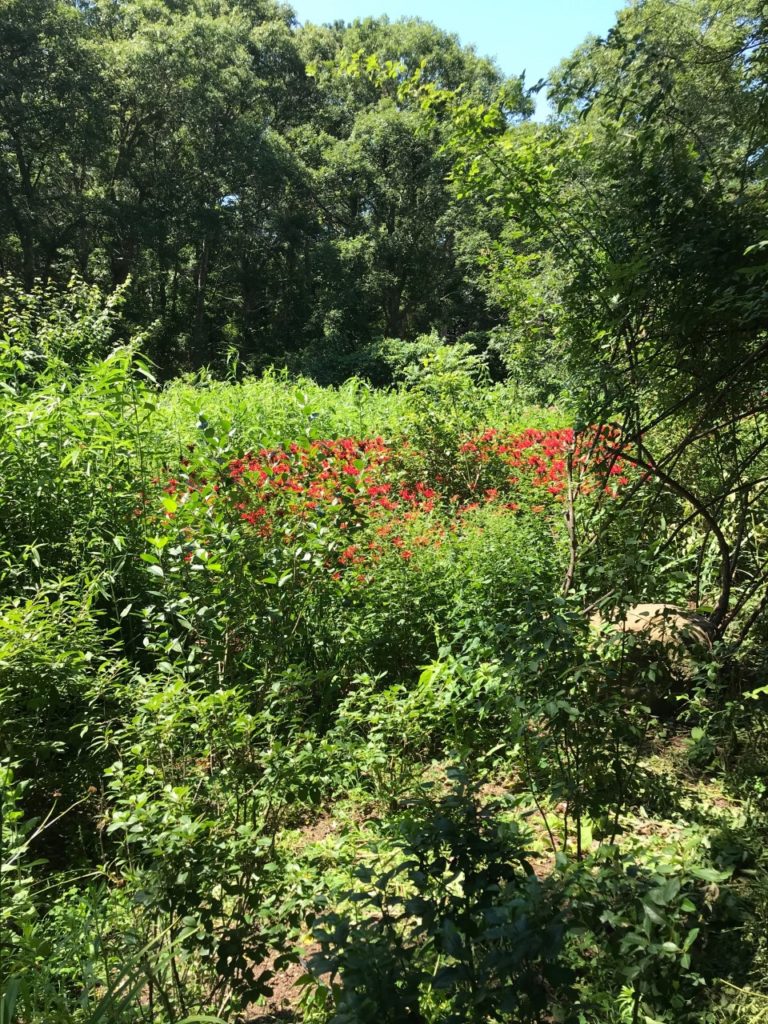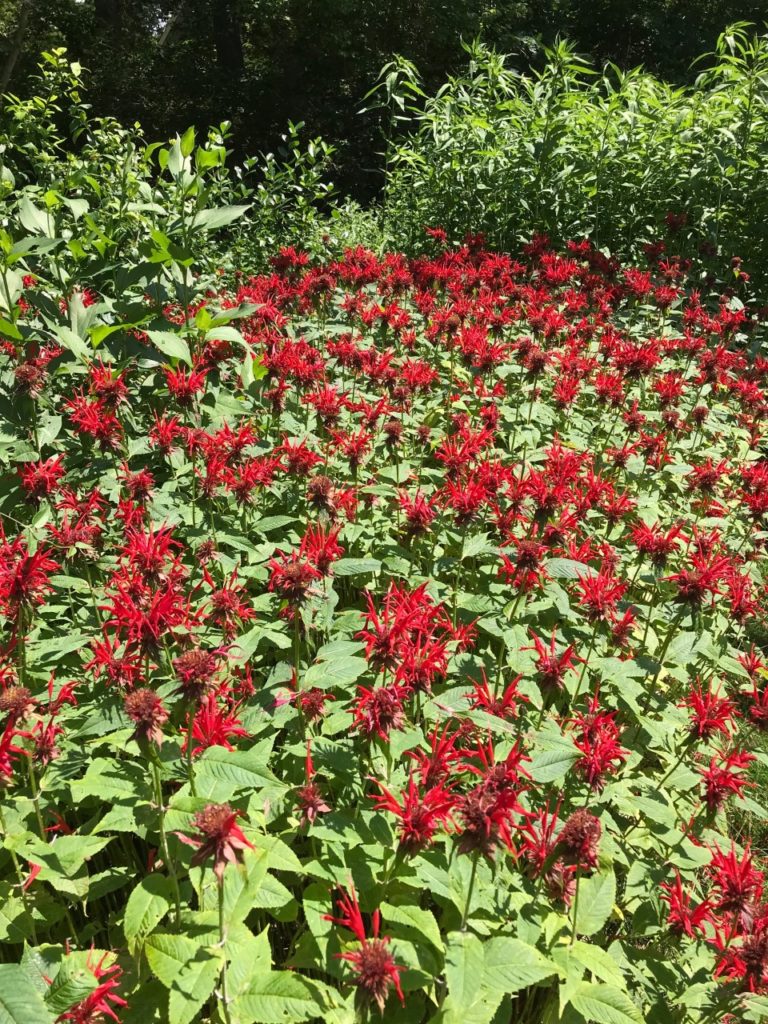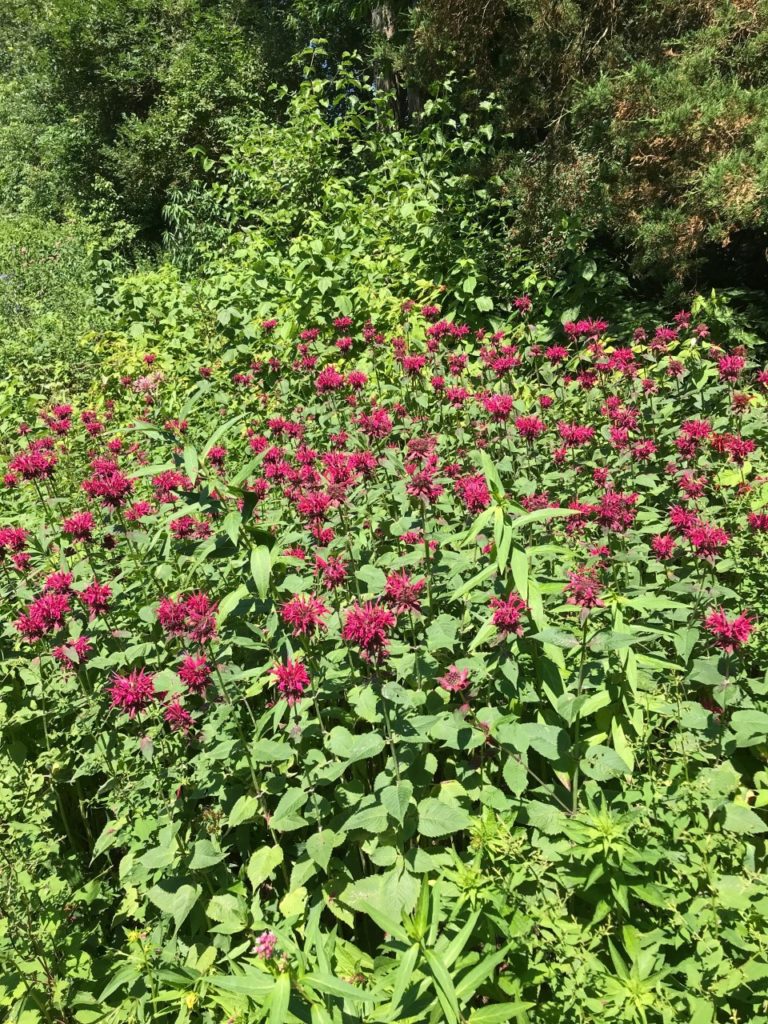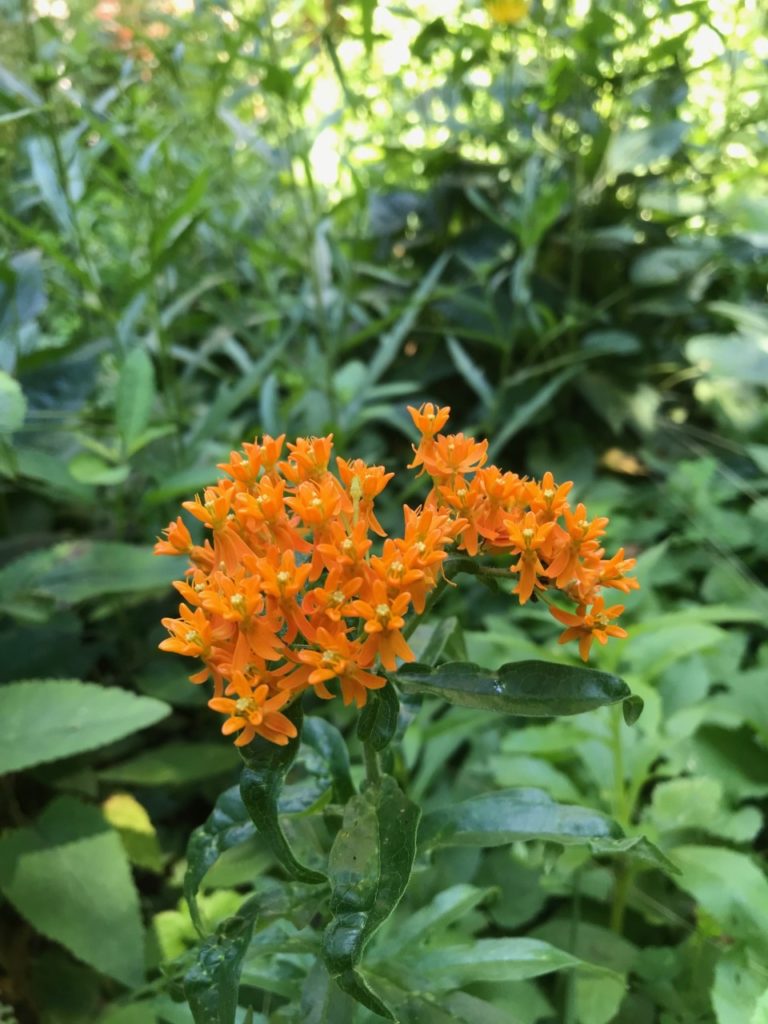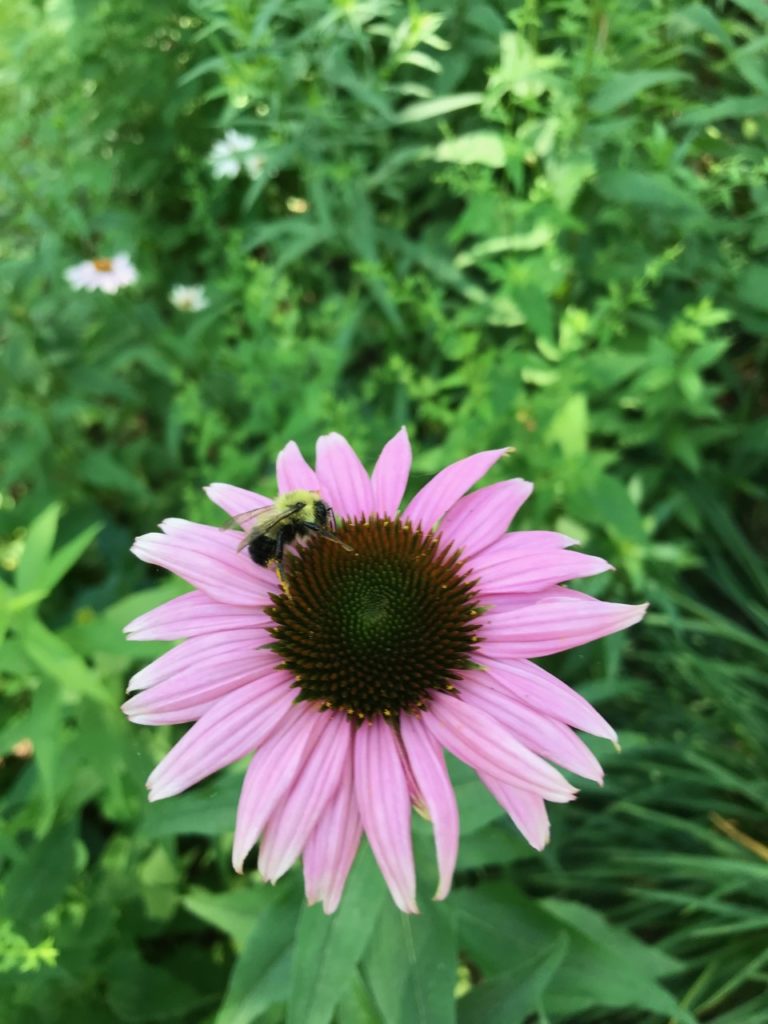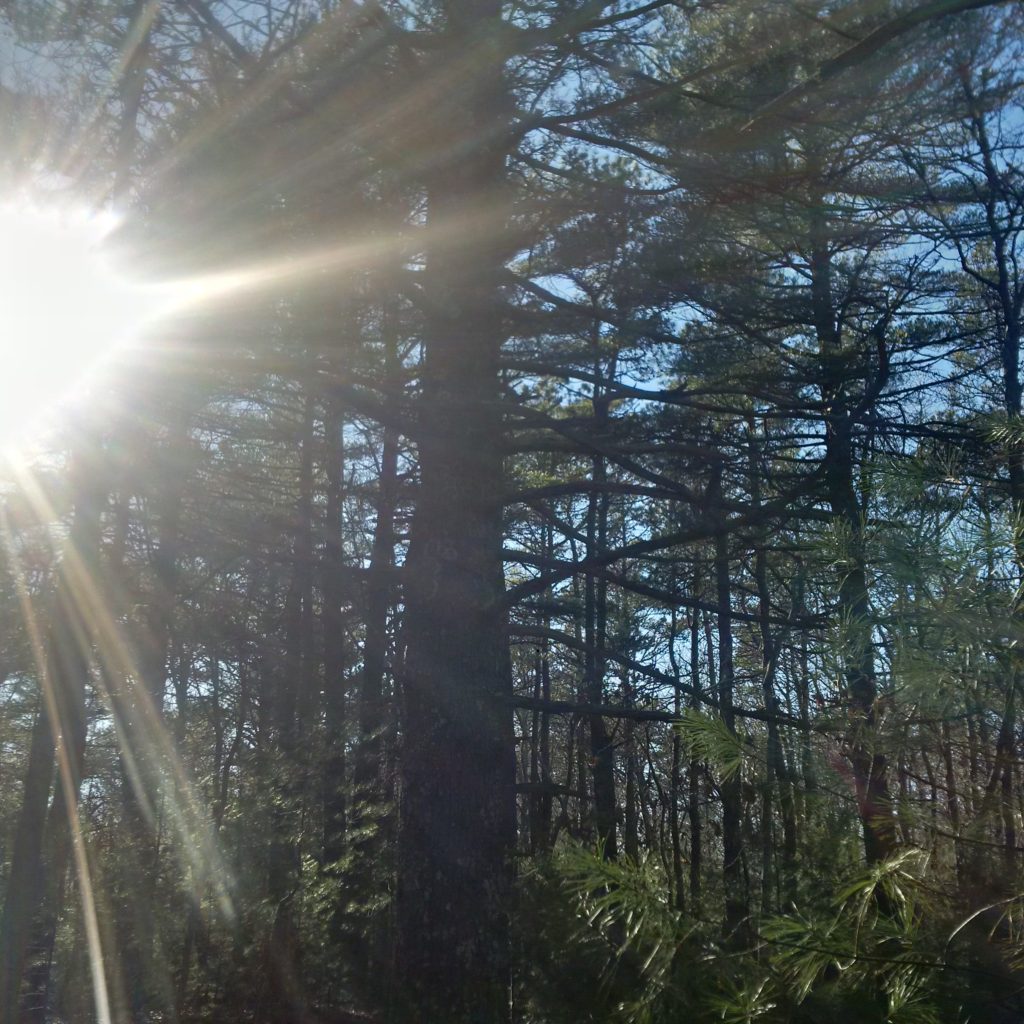It’s been a while since I contributed to the blog. Blame it on lack of time, or not finding the muse, who knows. It was not for lack of floral display or animal behavior in the yard. Sometimes you just don’t feel like doing something, and there is no exact timeline for regaining your appetite. This year we broke up our usual winter pattern of enduring whatever weather comes our way, and we spent some time in Costa Rica. I can get used to the 80s and 90s, let me tell you – even the humidity stops bothering you after a few days. We were there at the end of dry season and some of the countryside on the Pacific side that did not receive rainfall or is not near water looks like our New England winter with leafless trees, However, even on that side of the continental divide there is still a lot of lush green and color by means of flowers and birds in the cloud forests. Of course, there was still the wet tropical forest on the Caribbean side, where the dry season means it only rained twice that day. I don’t want this to be a travel summary, but it was nice to pretend to be a snow bird and come back to relatively mild, somewhat spring like weather.
I missed the peepers this year, they were already out and about in their choirs and solo performances when we arrived back from our trip in the middle of the night on April 2. A day later than planned, as our flight was overbooked by the airline (not United). We were not happy as this was fallout from a volcano erupting nearby some 4 days earlier – flights that day were cancelled and that started the dominoes falling. We settled for another uneventful night at a hotel near the airport. If the event at United Airlines had occurred a few weeks earlier, we could have taken that example and opted for another approach.
I did not miss any first native bloomers, though, as the first flower did not appear until April 12. We did have some cold stretches late in the winter, but I was surprised it was this late. Order was restored, however, as rue anemone (Thalictrum thalictroides) emerged first, beating american globe flower (Trollius laxus) by the better of half a day. These plants are obviously not representative for the whole of their species, as many rue anemonde are still barely emerging from the surface, and other american globe flower plants will surely beat them to the punch. Not exact science, just a little private bet I have with the native plants in my yard.
There have been some other interesting sightings since our return. A nuthatch pair have taken residence in one of the birdhouses. They picked the one nearest the bird feeder and the bird bath – prime real estate. They have been fairly aggressive at the feeder toward chickadees and other similar sized birds, so it was not unexpected to see that they got first dibs on the new dwelling. The male spent considerable time and effort hammering out a bigger entrance. I am not sure what their reno budget was, but they have already started bringing in nesting material.
Bluebirds have been coming to the feeders in amazing numbers – Until this spring, I only saw the birds once in a while in other people’s yards or in the field somewhere. 4 to 8 birds (likely pairs) have been faithful attendees, especially at the suet feeder. They will likely soon move on further north, or they will disperse and find nesting locations.
Just the other day I saw a brown squirrel in the trees next to my yard. I have seen them in the woods on Cape Cod before, but they are still a fairly rare sight, and I understand they are under some pressure from grey squirrels taking up territory and pushing them out. The brown squirrel came back today, and he obviously did not get the memo – he or she was displaying aggressive behavior toward a few grey squirrels and actually chased them off on a few occasions. I am assuming that the brown squirrel is nesting nearby and will not easily give way to the bigger grey adversaries.
By chance we drove by Chapin beach in Dennis today, and decided to walk on the beach. Much to our surprise there was a pod of 6 or 8 right whales not even 100 yards from the surf swimming by. They were close enough for us to hear the sound of them exhaling water through their blowholes. Only 525 are left in the world, and it was sad to hear about the juvenile found floating dead the other day. The cause of death is unknown at this point, but a boat strike was suspected. When I saw this pod surface around a fishing boat equally close to shore I was a bit worried, but it seemed that the crew was well aware of their submerged company and they were moving slowly. Now I can take this off my bucket list.

